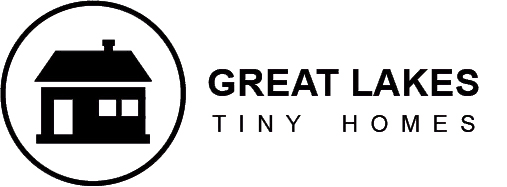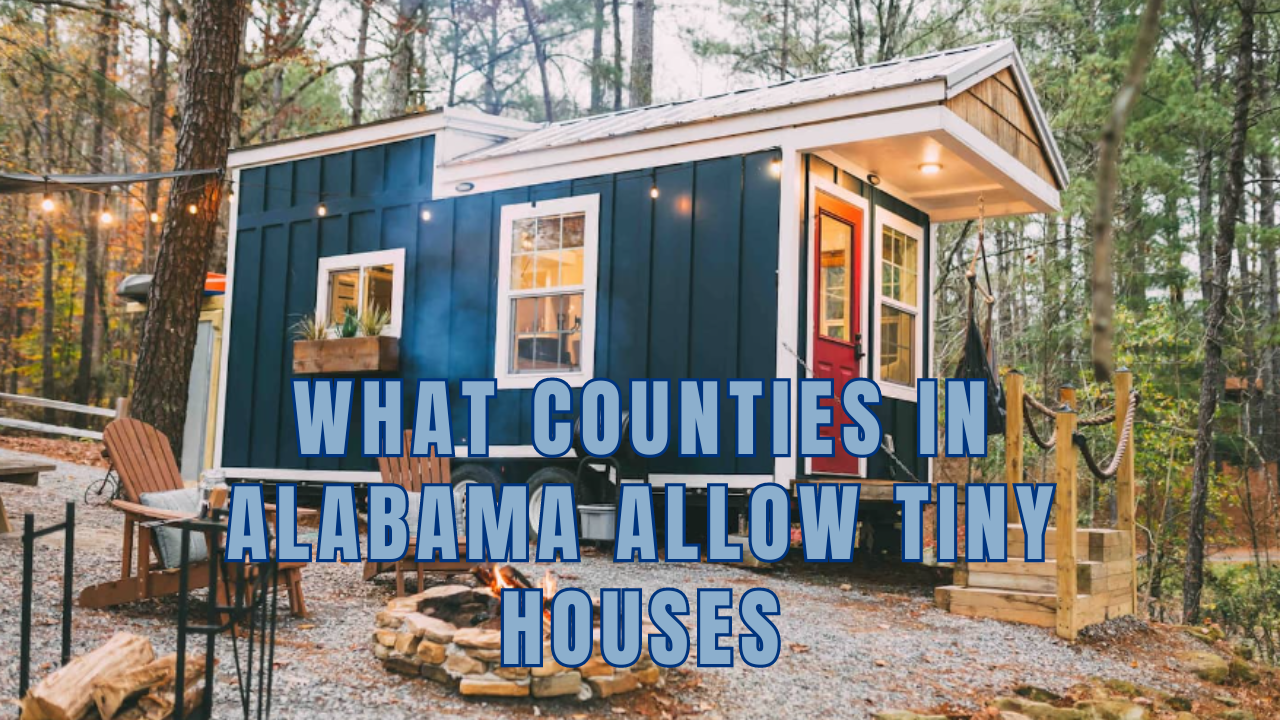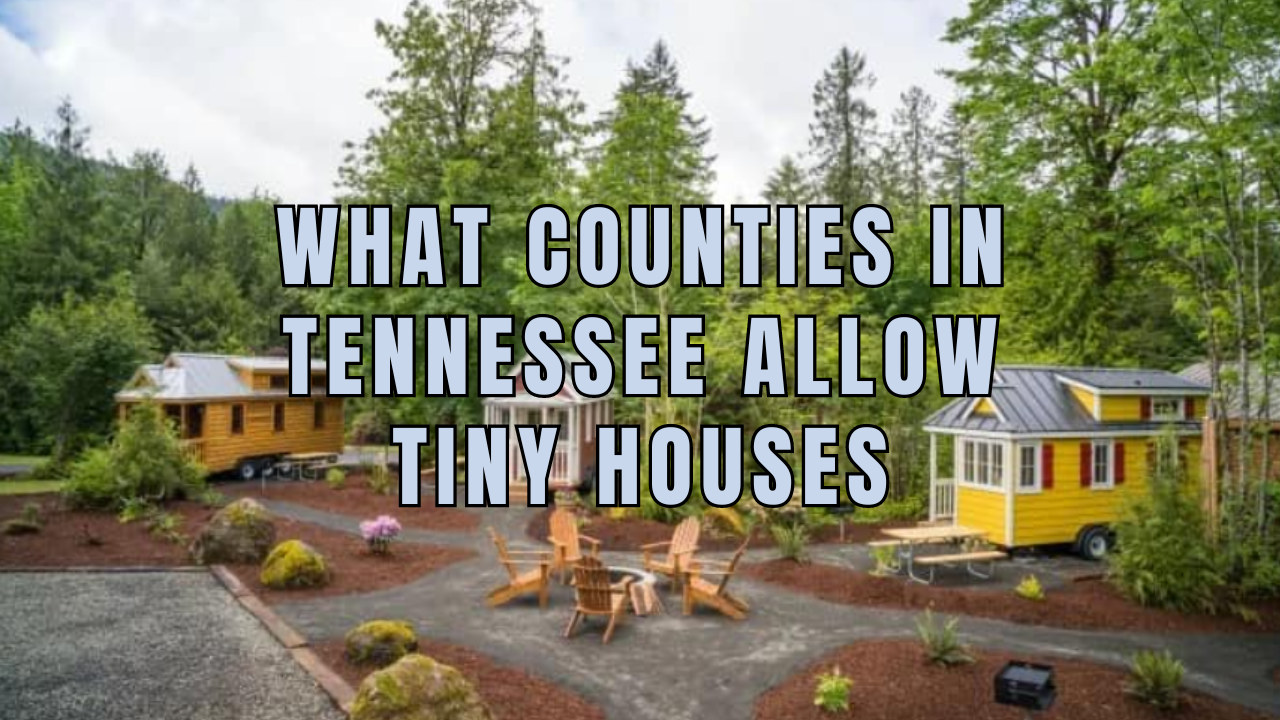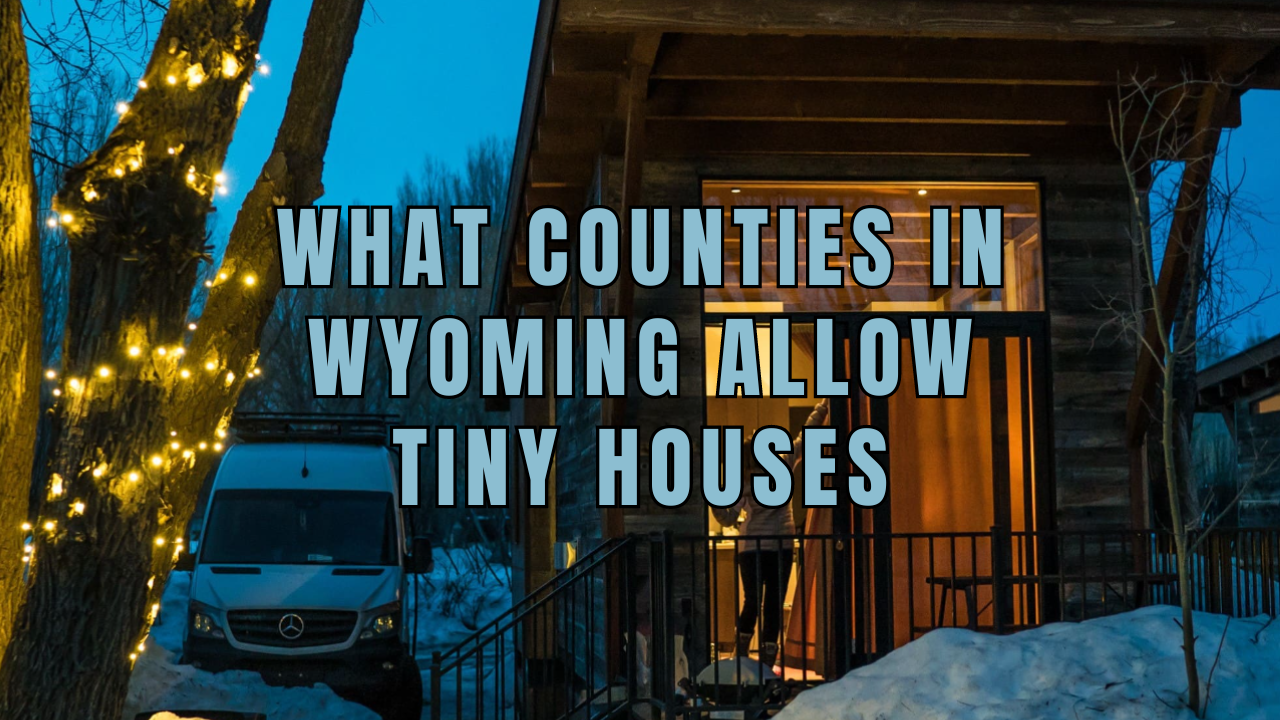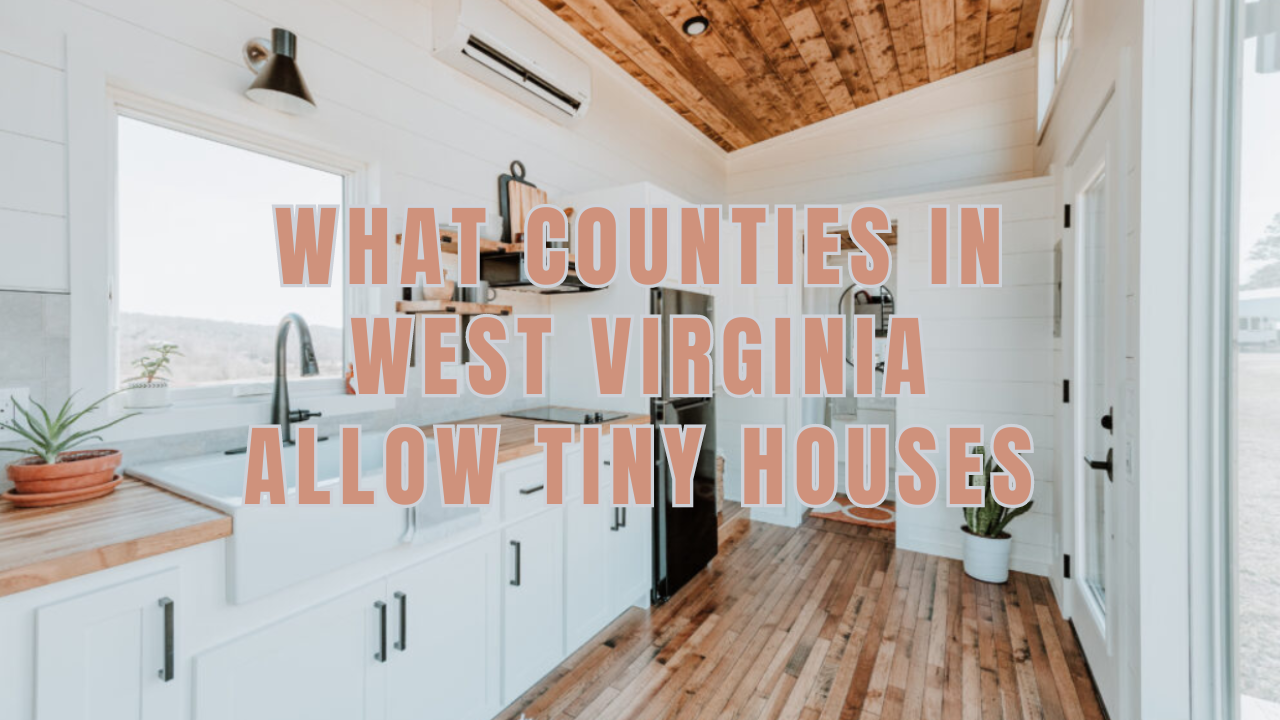Tiny houses are a growing trend in the United States, offering a minimalist and eco-friendly way of living. However, not all states have clear and consistent regulations for these dwellings, which can pose challenges for prospective owners.
This article explores the current status of tiny houses in Alabama. We will also look at some counties that allow tiny houses and the main rules and regulations to consider before building or buying a tiny house in the Cotton State.
Alabama Tiny House Costs
After embarking on a tiny-house initiative, you are probably researching economic options that match your goals for a tiny home. In Alabama, building a tiny house costs between $20,000 – $150,000.
However, to help you decide on your living project, we provide choices to suit every living style and cost range. Look at the tiny houses for sale in Alabama.
What Counties in Alabama Allow Tiny Houses?
Many communities have rules limiting the size and location of homes. Despite the lack of statewide rules, several counties have particular requirements for tiny dwellings.
Jefferson County
It explicitly allows auxiliary housing units in specific zones as long as they are no more than 200 square feet according to the county’s internal construction rule. Jefferson is unique because it is one of the few counties that subtly restrict accessory dwelling units (ADUs) through their general construction laws.
Baldwin County
Baldwin’s support of tiny dwellings is a positive development for the tiny society. It applies the 2018 version of the International Residential Code. This edition of the IRC includes Appendix Q, which explicitly handles small dwellings and provides provisions to make living in a tiny home more straightforward.
Appendix Q legalizes lofts, reduces the minimum ceiling height for regular residences, establishes exit criteria particular to lofts, and permits the construction of steps and ladders in tiny areas. It pertains to tiny homes utilized as single-living units.
Tiny House Regulations And Rules In Alabama
In Alabama, tiny house regulations vary by county and municipality. Some areas have specific rules about the minimum size (400 square feet), while others require a permit for temporary or permanent placement for zoning restrictions and requirements for water, sewage, and electrical hookups. Research local regulations before building or parking a tiny house in Alabama.
Permanent Structure Rules
In Alabama, building a tiny house as a permanent structure implies strict construction rules. While there is no statewide building code, homes on foundations must adhere to Section R310 of the International Residential Code (IRC) for one- and two-family residences.
It entails abiding with all applicable building legislation in the county where the home will be built, as well as safety regulations, structural standards, electrical codes, and plumbing requirements. Conforming to these guidelines guarantees the tiny home satisfies the criteria for being a secure and habitable permanent residence.
Temporary Structure Rules
Temporary tiny dwellings, particularly ones on wheels, face more stringent requirements. In many Alabama counties, small houses on wheels are classified as camping trailers and can not be used as residences.
- Confirm with the individual park or campsite whether tiny houses have access and educate yourself about their restrictions.
- Utility connections are one of the necessities for a temporary tiny dwelling. These often include water, power, and sewage connections.
- To ensure that your temporary tiny house has access to basic amenities, RV parks, and campgrounds typically provide the infrastructure for these connections.
Transitional Structure Rules
The purpose of transitional structures is to provide short-term accommodation during the move to a more permanent living arrangement. There is little information available on the rules governing these kinds of buildings in Alabama, and there are differences in the details of what constitutes transitional housing. It suggests that transitional housing must conform to specific temporary housing rules, and it is advisable to get advice from local authorities.
- Include connections to sewage, power, and water.
- Analyze the particular requirements in light of the demands of your transitional structure.
In Alabama, Where Can I Build A Tiny House?
Choosing the right location is crucial for your tiny house. Hire a qualified small house builder to walk you through the entire process, manage all the documentation, and guarantee your home meets building rules and regulations.
While constructing a tiny home is a lot of work, it does not have to be frustrating if you prepare in advance. The typical locations for small dwellings are.
- National Parks and campgrounds
- Tiny house communities
- RV parks
- Private properties
Alabama Tiny Home Communities
These communities promote minimalistic living and environmental sustainability, attracting individuals and families looking to downsize and reduce their carbon footprint. With amenities like communal spaces and shared resources, tiny house communities in Alabama provide a sense of community and support for residents seeking a more straightforward way of life.
Eagles Landing
Unbelievably, Eagles Landing Community was formerly a seafood restaurant. The owner’s small restaurant turned into a tiny home community for people who enjoy living near the lake after learning more about tiny home culture.
At Eagles Landing, you can book a tiny cottage on the lake with access to a beach, swimming pool, BBQ pit, and picnic table area. Private boat slips are available.
Harmony Woods Ecovillage
It was founded in 2021. The primary goal of the community’s establishment was environmental consciousness. To lower their collective carbon footprint, team members cultivate and utilize as many free and locally available resources as possible and live sustainably.
In the community, the land, structures, and infrastructure belong to and are administered by all residents via a land trust set up by the founders. Individuals, on the other hand, possess personal living spaces, which they create or purchase. Members receive a quarter acre of property to live self-sufficiently.
Tiny House Builders Near Me
You can choose your ideal home without looking for local builders since Great Lakes Tiny Homes delivers a broad variety of tiny construction plans with nationwide delivery.
Great Lakes Tiny Homes is also a manufacturer with the RV Industry Association (RVIA), driven to meet the highest manufacturing standards and strictly comply with the building, protection, and legal requirements specific to tiny homes.
Do I Need a Certified Builder?
Yes, you do!
You could be thinking about doing it yourself, but the challenges and hazards are higher.
You can feel confident you’ll own a small house made in compliance with laws and regulations when you work with an RVIA-certified contractor like Great Lakes Tiny Homes.
It also guarantees that the materials in your house are high-quality, long-lasting, and safe.
Contracting with a qualified builder gives you better access to insurance and financing solutions. Your tiny house ensures a safe and livable space, provided it complies with RVIA regulations.
FAQs
Can You Make a Tiny House in Alabama Your Main Residence?
Of course, you can live permanently in a compact dwelling.
Pay attention to local laws and guidelines. An efficient way to ensure that your small house complies with every law and ordinance, including inspection requirements, is to consult the zoning and municipalities.
Take advantage of a more straightforward and environmentally friendly way of living in Alabama through research and working with licensed constructors.
In Alabama, Do I Need to Cover Property Taxes on My Tiny House?
In Alabama, the assessment of property taxes often depends on the property’s worth. If you are the owner, you can be responsible for property taxes on your tiny house.
Usually, the market value of the land and any improvements—including the tiny house—are taken as evidence for the tax assessment.
Nonetheless, Alabama’s counties and municipalities have different property tax rules and rates.
Speak with the county revenue department or the local tax assessor’s agency to determine the exact rates and criteria for property taxes that apply to you.
Can I Construct and Place in My Backyard a Tiny House in Alabama?
Only counties and localities that allow tiny houses let you build and place one in your backyard. However, putting your tiny house on a foundation is one of the requirements to follow.
Conclusion
The rising popularity of tiny houses is attracting attention in some Alabama counties, where rules and zoning laws suit this unique housing choice. Baldwin, Jefferson, and Madison counties have taken a progressive approach to small-home living, permitting greater freedom in size and placement.
Therefore, it is essential to do thorough research and consult with the relevant authorities before constructing or purchasing a tiny house in Alabama. By following the best practices and staying informed of the latest developments, you can enjoy the benefits of tiny living.
